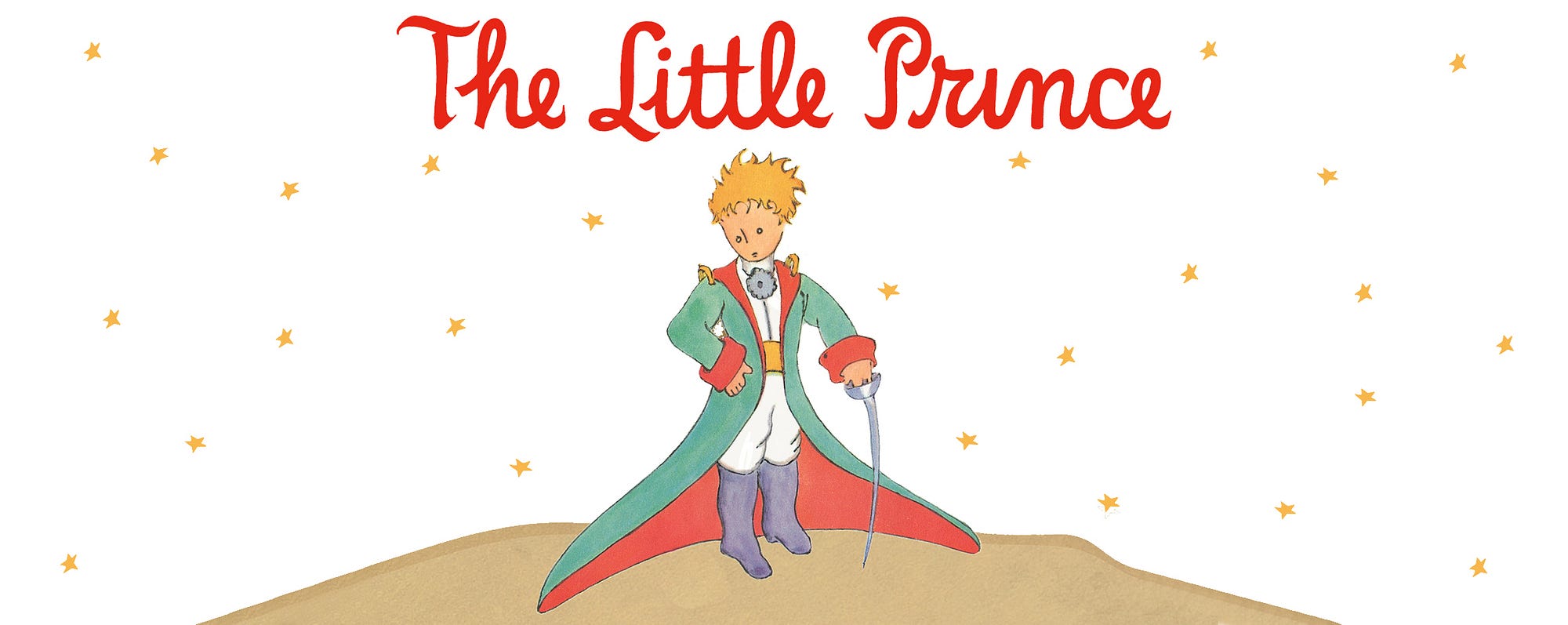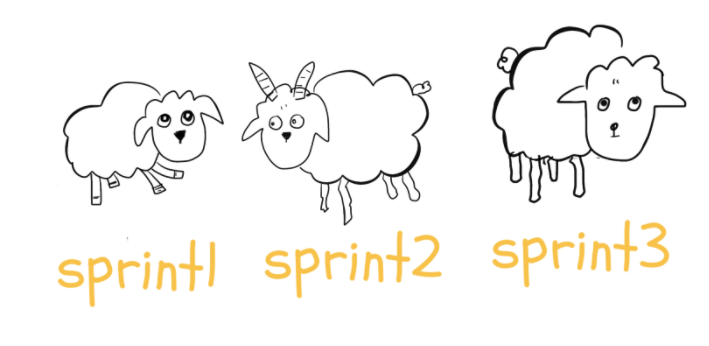The Little Prince Can You Draw Me a Sheep
How the Little Prince talks about product design
![]()

The Little Prince is my all-time favorite. I read it from time to time, and over and over again.
In recent reading this year, I figured out there is something new for me — a hidden chapter about Product Design.
When the little prince first met the pilot
The little prince asked the pilot to draw him a sheep.
"If you please — draw me a sheep!"
"What!"
"Draw me a sheep!"
The pilot did as he asked.
For the first sheep, the little prince said, "No. This sheep is already very sickly. Make me another."
So the pilot drew it again.
For the second one, he said, "that this is not a sheep. This is a ram. It has horns."
So the pilot drew it again.
For the third one, he said, "This one is too old. I want a sheep that will live a long time."
This time, the pilot drew a box and said, "This is only his box. The sheep you asked for is inside."
Surprisingly, the little prince replied, "That is exactly the way I wanted it!"
Although the pilot might get things right by luck, he embodied the spirit of both Design Thinking and Agile with his move.
1. Fail Quickly And Cheaply
After the little prince raised his req u est, the pilot promptly drew the sheep on a paper and showed it to him. Instead of investing much effort into designing a sheep in detail, the pilot was smart enough to visualize his idea to get early feedback.
According to IBM Enterprise Design Thinking, "Prototypes are experiments that help to validate or invalidate your hypotheses and assumptions."
We emphasize the importance of low-fidelity prototype — before we invest even more time and resources on the Hi-Fi prototype, and the detail design of the product.
"No need to make it perfect — just make it appropriate for the feedback you need." — IBM Enterprise Design Thinking
It ensures that we can simulate ideas and test hypotheses quickly and cheaply. This also provides the stage for the product team to quickly test out the market and figure out what went well and what went wrong.
"Fail early, fail often, but always fail forward."― John C. Maxwell
As such, we could iterate and improve the idea.

2. Always Obtain More Concrete Requirement
The little prince's requirement was simple — he wanted a sheep. But what does that mean? A white one, black one? Old one or a young one?
The pilot did not waste time overthinking. He came up with his Minimum Valuable Product (MVP) like a flash and shared it.
Each round, like a sprint, the little prince gave more detail about what he was looking for — it could not be sick, old, and with horns.
Progressively, the pilot received a more specific requirement from the little prince.
It happens in real life that not all users know what they want. Yet once they actually see the prototype or MVP in the Sprint Review, they would ride on the foundation and provide more precise requirements.
At Atlassian, they take a casual approach to sprint reviews and give the scrum team a celebratory feel. They gather around a team member's desk and watch them demo their new feature.
This is the time for the team to celebrate their accomplishments, demonstrate work finished within the iteration, and get immediate feedback from project stakeholders.
And piece by piece, sprint by sprint, we eventually get to create the products that are ready for the market.
3. Let's Co-Create
After three sprints of drawing, the pilot did something different. He drew a box and told Little Prince that his sheep was in it.
This move is what we called "co-creation" with our users.
One key from IBM Enterprise Design Thinking is Sponsor Users .
Sponsor Users are real-world users that regularly contribute their domain expertise to your team, helping you stay in touch with users' real-world needs throughout the project."
Instead of working on the products on the dark side, we invite the users to be part of the process. We empower them to ideate the solution with us together and enlighten creativity to imagine the future.

"An individual can't create anything itself. All of our dreams come true with the cooperation and co-creation of other souls." ― Hina Hashmi, Your Life A Practical Guide to Happiness Peace and Fulfilment
Conclusion
In the design world, not everything has to be beautiful before it is shown to others. The earlier your users see your ideas or deliverables, the easier you can get things right in shape.
You might be failing. Your users might hate what you have. But this is the quickest way to get to the end goal.
Let us value users' genuine feedback, and work together for a better working product for everyone.
Reference:
Harvard (18th ed.) SAINT-EXUPÉRY, A. D., SAINT-EXUPÉRY, A. D., & WOODS, K. (1943). The little prince.
You can also read the online version of the book here.
Julia Tsoi is a Design Strategist in tech. Passion in Design Thinking, Change and Creativity. Connect with me on LinkedIn and happy to talk about anything.
The Little Prince Can You Draw Me a Sheep
Source: https://uxdesign.cc/how-the-little-princes-teaches-me-about-product-design-94eb0dfbaf2d
0 Response to "The Little Prince Can You Draw Me a Sheep"
Post a Comment